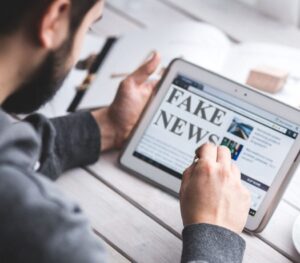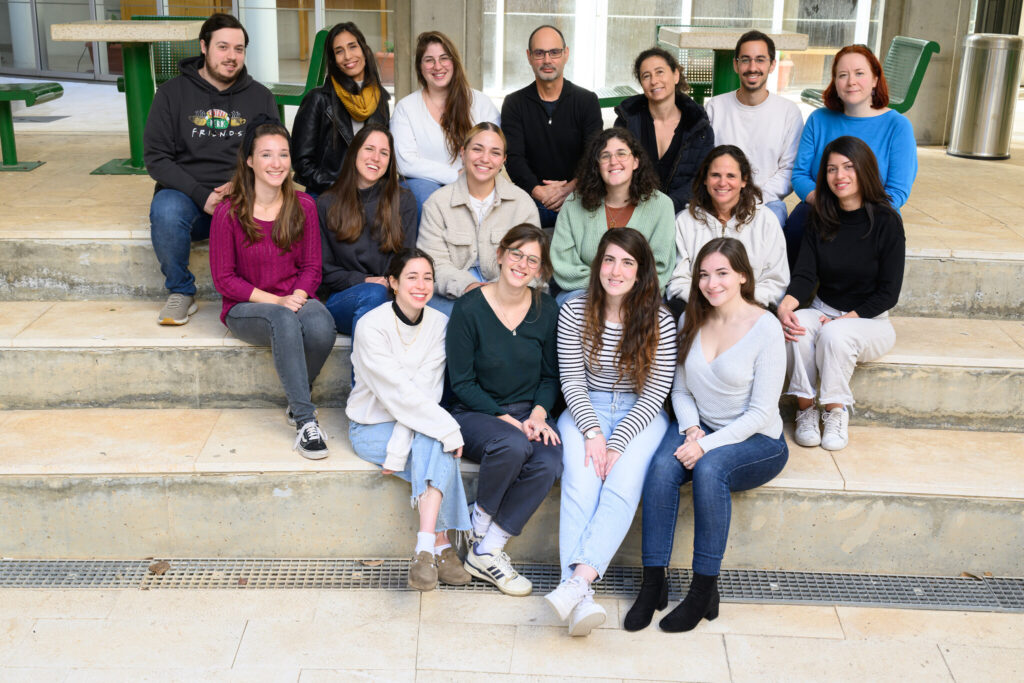
BGU Researchers Make Fact-Checking Fake News Easier
BGU Researchers Make Fact-Checking Fake News Easier
October 31, 2024
Current events, Research News, Robotics & High-Tech
Israel21c – Fact-checking fake news is about to get easier and just in time for the 2024 election.
A new machine-learning approach can help identify fake news sources needing further investigation, quickly and cheaply.
A Ben-Gurion University of the Negev (BGU) team of researchers in Israel is using machine learning to help human fact-checkers identify the sources of fake news online. They found that fact-checkers were overwhelmed — especially at key moments, such as a US presidential election — by the sheer proliferation of fake news.
Their solution was to zoom out and look at the bigger picture, namely who’s seeing what content and how it spreads across social-media networks.
“We know little about how successful fact-checkers are in getting to the most important content to fact-check,” said Dr. Nir Grinberg from BGU’s Department of Software and Information Systems Engineering, who jointly led the research project with Prof. Rami Puzis from BGU’s Department of Software and Information Systems Engineering. “That prompted us to develop a machine learning approach that can help fact-checkers direct their attention better and boost their productivity.”
By leveraging exposure networks, the machine-learning model can guide fact-checkers to focus their efforts on the most likely sources of misinformation, improve their efficiency in detecting fake news, and help them adapt more quickly to new tactics used by fake news creators. The model can accomplish all of this accurately at less than a quarter of the cost of standard human fact-checking.
“The problem today with the proliferation of fake news is that fact-checkers are overwhelmed,” says Dr. Grinberg. “They cannot fact-check everything, but the breadth of their coverage amidst a sea of social media content and user flags is unclear.”
The team demonstrates, in a paper entitled “Leveraging Exposure Networks for Detecting Fake News Sources,” how this technology can recognize telltale signs of fake news sources, such as unusual patterns in the way they spread, specific audience demographics, and certain characteristics of the content. Based on these patterns, the system can then flag potential fake news sources for further investigation.




